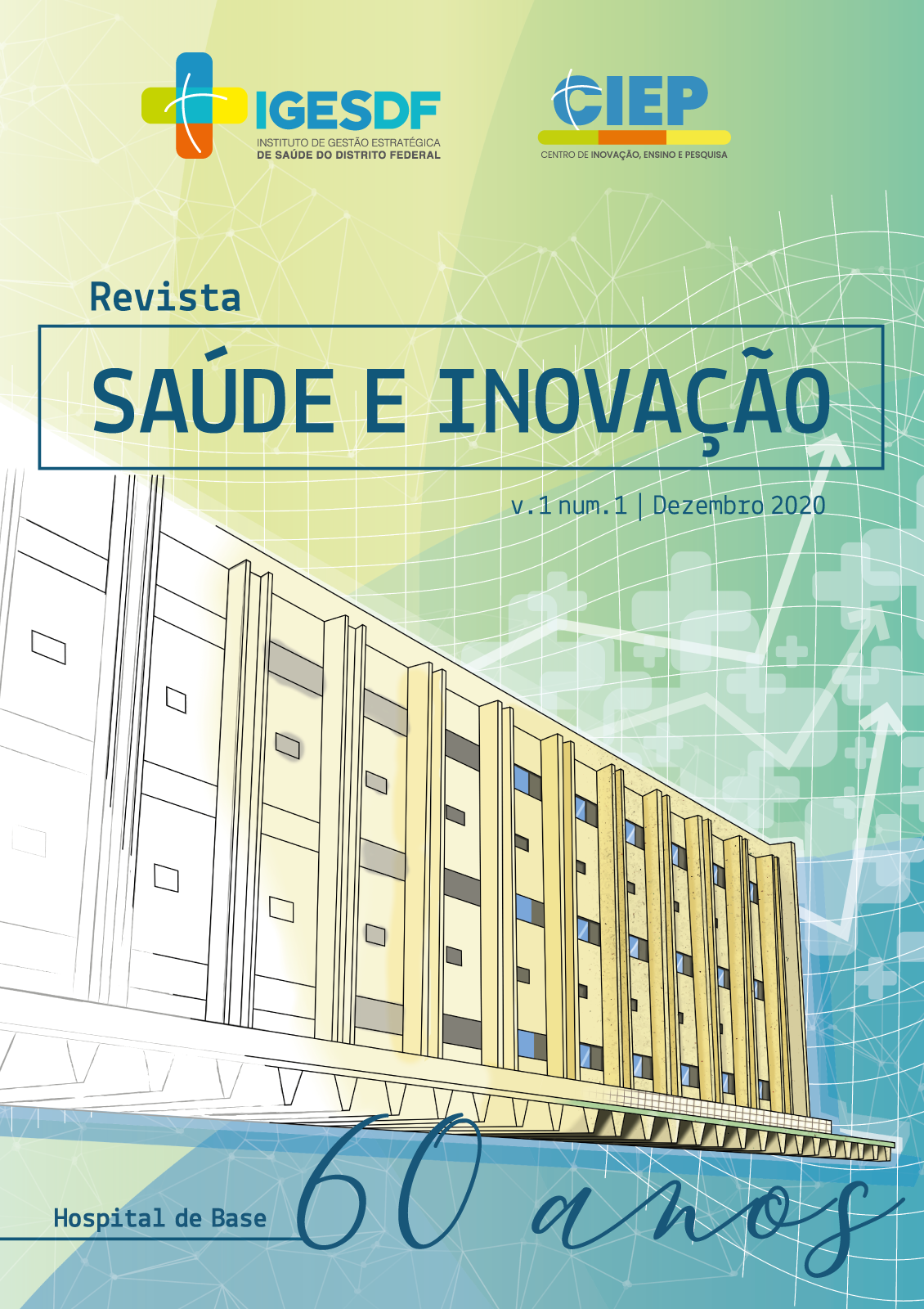Physiotherapeutic interventions in patients with decompensated COPD
a retrospective study
DOI:
https://doi.org/10.51208/saudeinovacao.v1i1.8Keywords:
Pulmonary Disease, Chronic Obstrutive, Hospitalization, Exercise Therapy, Respiration Artificial, Physical TherapyAbstract
Introduction: COPD is defined as a preventable and treatable disease, characterized by progressive airflow limitation. It is estimated that in Brazil it is the respiratory disease with the greatest cause of mobimortality in adults. Patients who undergo pulmonary rehabilitation need less visits to the doctor caused by exacerbations and when they are hospitalized, they stay for less time, there is a consequent increase in the quality of life and an improvement in the ability to perform physical exercises. Objectives: to describe physical therapy interventions and their outcomes in patients with COPD. Methods: this is a retrospective observational study, through the analysis of medical records with data from January to December 2019 in a tertiary hospital in DF. Results: the result showed a majority of male individuals (63%) with a mean age of 72.4 years. In addition, the average length of stay was 5.56 days and 44.4% of individuals had other comorbidities associated with COPD. Most patients used NIMV (18.5%) and 14.8% used MV. Approximately 11% of patients admitted to the Emergency Room died. VMNI was used as the main physical therapy resource together with early mobilization. Conclusion: VMNI was used as the main physical therapy resource together with early mobilization and the higher occurrence of failure can be justified by the fact that patients are more severe, with associated severe comorbidities and older age.
Downloads
Published
Issue
Section
License
Copyright (c) 2020 Sara Martins e Silva, Thalita Mariano Valverde, Thaís Gontijo Ribeiro

This work is licensed under a Creative Commons Attribution-NonCommercial-NoDerivatives 4.0 International License.
Os autores declaram aceitar a política de direito autoral praticada pela revista. A submissão de originais para a Revista Saúde e Inovação implica na transferência, pelos autores, dos direitos de publicação impressa e digital. Os direitos autorais para os artigos publicados nesta revista são do autor, com direitos da revista sobre a primeira publicação. Os autores somente poderão utilizar os mesmos resultados em outras publicações indicando claramente a Revista Saúde e Inovação como o meio da publicação original. Em virtude de tratar-se de um periódico de acesso aberto, é permitido o uso gratuito dos artigos, principalmente em aplicações educacionais e científicas, desde que citada a fonte. A Revista Saúde e Inovação adota a licença Creative Commons Atribuição 4.0 Internacional (CC BY 4.0): https://creativecommons.org/licenses/by/4.0/deed.pt_BR

 A
A 